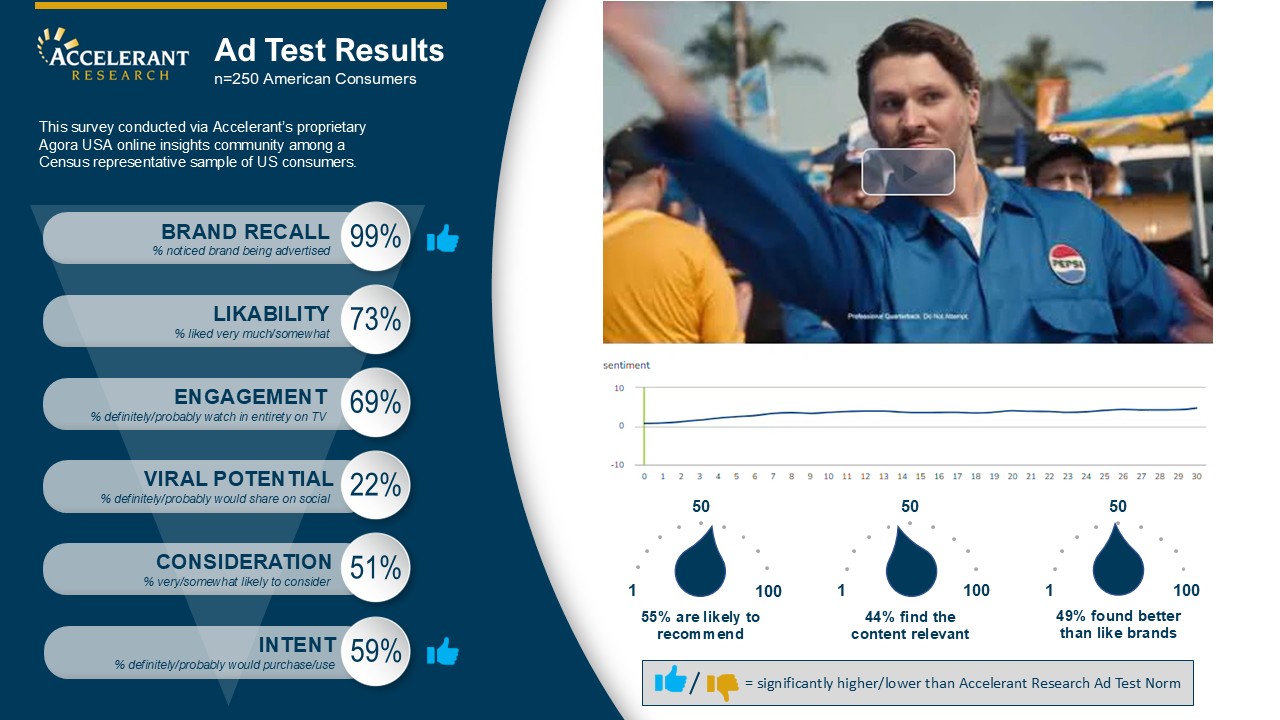Gen Z is the group following on the heels of Millennials and as they enter into their 20’s, are becoming of greater interest on everyone’s radar screens; but who are they and what makes them unique?
Gen Z includes individuals born between 1997 and 2012. The average Gen Zer got their first smartphone just before their twelfth birthday. They’re the most diverse generation in American history in terms of ethnicity and race, predicted to become majority nonwhite by 2026.
They make up 40% of the global consumer population, so it’s no wonder Gen Z’s spending power has reached $360 billion. They are expected to make up over 41 million of U.S. digital buyers by the end of 2022.
Let’s look at Gen Z’s characteristics and shopping habits to understand more about them.
They grew up on the internet.
This tech-savvy generation is used to being connected to the internet from an early age.
- They spend between 1-5 hours on social media per day, which is as much time as older generations spend watching television.
- The majority of Gen Zers prefer streaming services to traditional cable.
- They use social media to research and buy.
- YouTube, TikTok, and Instagram are the most popular social media platforms among Gen Z.
- Gen Z consumes twice as much video content as Millennials.
They research and discover new products on social media.
Gen Z turns to social media for research and finding new products. They are more likely to discover new products in feeds, ads and influencer posts on social media, and are more likely to be influenced to purchase after seeing a product promoted by a brand on social media.
- They are likely to view social media as a trustworthy source of product information over all types of e-commerce.
- Influencers play an important role with this group, and are likely to form authentic connections with them.
- Gen Zers are more likely to abandon a purchase due to lack of images or lack of reviews.
- They frequently browse online marketplaces with no direct intention to buy, therefore, images and video are a significant factor in these digital window shopping habits.
- Fast shipping is important; however, buy online and pick up in-store is also popular among this group.
- Purchases from foreign sites are also higher for this group compared to older shoppers.
They care about social responsibility.
Gen Z is an extremely diverse crowd who has strong opinions on various social issues, making them want to purchase from brands that get involved in improving society. They look for actions like encouraging recycling, protecting the environment, sustainability, or taking a stand on equality and racial justice. However, brands must be genuine about it and commit to it wholeheartedly because they will quickly dismiss whatever comes across as fake, irrelevant or misleading.
- Gen Z trusts brands whose ads are true to their core values.
They care about their privacy.
Gen Z does not appreciate ads that rely on personal data, and they care about their privacy. They are cautious when it comes to divulging information on health and wellness, location, personal life, or payments because they have grown up in an era of widespread cybercrime.
- Brands must be completely transparent about the use of personal data with Gen Zers, if they want to gain their trust.
They care about mental health.
Many Gen Zers can remember growing up during the recession of 2009 and the impact it had on their parents. Fast forward several years, and major milestones in their lives were greatly impacted by the pandemic. With an increasing number of people needing support systems, products and services that help mental awareness are appealing to this group.
- Gen Z is more likely to say there’s too much pressure to be perfect on social media and that people should show more of their true selves online.
- They are after a more genuine and healthier online experience.
They have a shorter attention span.
According to Entrepreneur and UX Collective, Gen Z has an average attention span of about 8 seconds compared to Millennials who were considered to be distracted with an average attention span of 12 seconds. Leading social media platforms have developed advertising options for this audience from Vine’s 6-second videos, Snapchat’s 10-second story limit, to YouTube’s 6-second pre-roll ads.
- Brands have only a few seconds to grab their attention and make a lasting impression in new and creative way.
This target audience is unique, with different pain points and purchasing behaviors. If you’d like to learn more about research among Gen Z or any other target audience, let’s have a chat.







.png)



